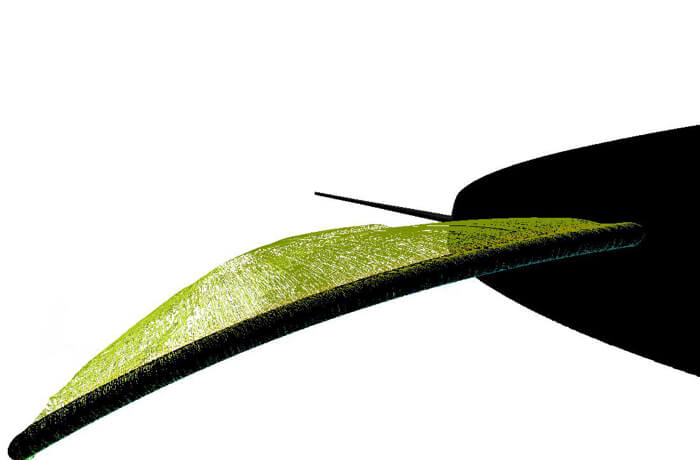THE BOAT
The GTCat 66 is a ground-breaking new breed of catamaran with a limited number for sale.
It has been designed to provide the best high performance sailing sensations whilst being comfortable and easy to handle.
It is a tamed racing catamaran with an ultra-lightweight interior and a high specification.
It is meant to fly a hull in 12 knots of wind, whilst still being easy to handle.
It has long slender hulls to minimize the drag and enhance the stability.

DESIGN
The GTCat 66 was designed by world leading specialist multihull designers Nigel Irens and Benoît Cabaret. Part of the secret to the boat’s performance is that, like all Irens-Cabaret designed record breaking trimarans of the last decade - from Ellen MacArthur’s B&Q trimaran to Francis Joyon’s IDEC and Thomas Coville’s Sodebo, the GTcat 66 has very slim hulls and is long for her beam. “Long slender hulls have less drag,” which is a fundamental philosophy Nigel has pushed throughout his long career in designing multihulls.
In fact the GTCat’s bows are wave piercing, while the hulls have a chine running the length of them that helps shed water and also provides structure stiffness.



STYLING
The GTCat 66 was designed by world leading specialist multihull designers Nigel Irens and Benoît Cabaret. Part of the secret to the boat’s performance is that, like all Irens-Cabaret designed record breaking trimarans of the last decade - from Ellen MacArthur’s B&Q trimaran to Francis Joyon’s IDEC and Thomas Coville’s Sodebo, the GTcat 66 has very slim hulls and is long for her beam.
The styling is born in Christophe Chedal Anglay’s mind, one of Europe's leading industrial stylists, who oversaw the boat's aestetics. Anglay and Irens matched up to combine a boat that is performant with a pure design touch.

RIG
The mast is a full carbon rotating wing mast designed by Future Fibres, in collaboration with North Sails, using their Computer Flowing Dynamics tools.
It has a simple and clean single spreader geometry with spreaders raked upwards avoiding the typical droopy look of swept spreaders on a mast set with a large degree of rake.
A hydraulic cunningham allows for quick adjustment of sailshape reducing the need of reefing manouvers and under deep reef the mast is supported longitudally by upsized diamondstays rather than a staysail in the quest for simplification. Given that the Future Fibre rigging is significantly smaller in diameter than competing systems on the market for a given stiffness this could be achieved without an increase in weight or drag.
To simplify the setup of the rig the mast has a unique feature: rather than turnbuckles on the diamonds and capshrouds we have designed what we believe to be the first mastjack for a rotating mast. This contributes to an unusually tight docktune of the diamondstays which stabilizes the rig.



DAGGERBOARDS
The boat has asymmetric foils that significantly enhance the performance. At 12 knots of speed, the foil provides 3 tonnes of upward lift which reduces the apparent weight of the boat by lifting the leeward hull.
This reduces the drag, enhances the performance and gives much better feedback at the helm.

SAILS
The sails were designed by North Sails using their proprietary software for optimum performance.
This enables carrying a minimum number of sails onboad, and therefore a simple leight-weight setup too.
This sails have been designed to cover a wide wind range of speed and angles.
The sail inventory includes:
- A main sail of 135 m2 with 3 reefs and 7 full battens
- A self tacking furling jib of 60 m2 with vertical battens
- A free luff furling gennaker of 190 m2
Cuben Fibre was choosen for all sails due to it’s durability and light weight, both crucial for such a high performance multihull.



EQUIPMENT
With the GTCat, we strive to provide you the best possible equipement, for the most enjoyable sailing experience.

COMFORT
A large open plan saloon area with a 360 degree panoramic view. A dinette area to starboard and galley to port. Large patio doors at either end of the cabin provide access forward to the cockpit and aft to further seating and the sun loungers on the aft deck. One gets to the main aft cabins via passageways down to the hulls from the saloon. Here the standard layout has an owner’s cabin aft in the starboard hull with a head compartment mid-ships, with this layout similar in the port hull. There are single berth cabins forward in each hull, accessible from the hull but also directly from the deck.




